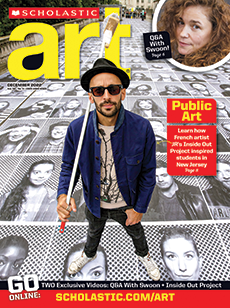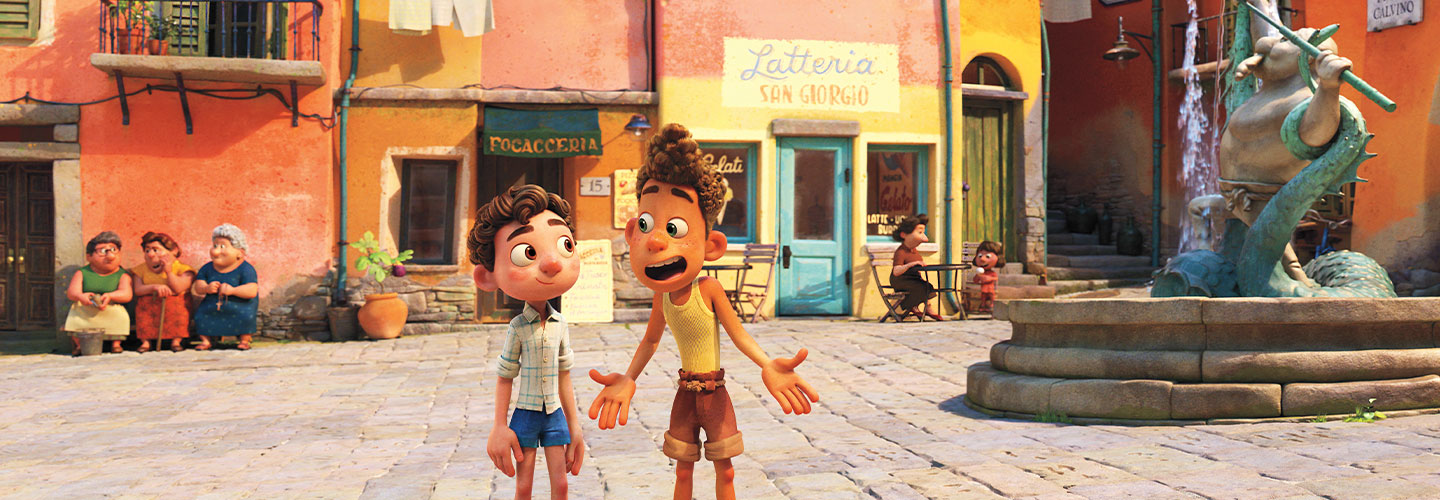How quickly can you identify your favorite animated films? Which details make them memorable? Most have a distinct visual style. The characters, the scenery, and the design all work together to support the narrative, or story.
“Every story has a beginning. Something happens. And then it gets resolved,” explains Andrea Warren, the producer of Luca, Pixar’s new animated film. But since animated films are entirely invented, the trick is to tell the story in a believable way.
What’s your favorite animated movie? Why do you love it? Which details do you remember most? Many animations have their own visual style. The characters, the setting, and the design all support the narrative, or story.
Luca is Pixar’s new animated movie. Read on to learn how artists worked together to share a story about adventure and friendship.

